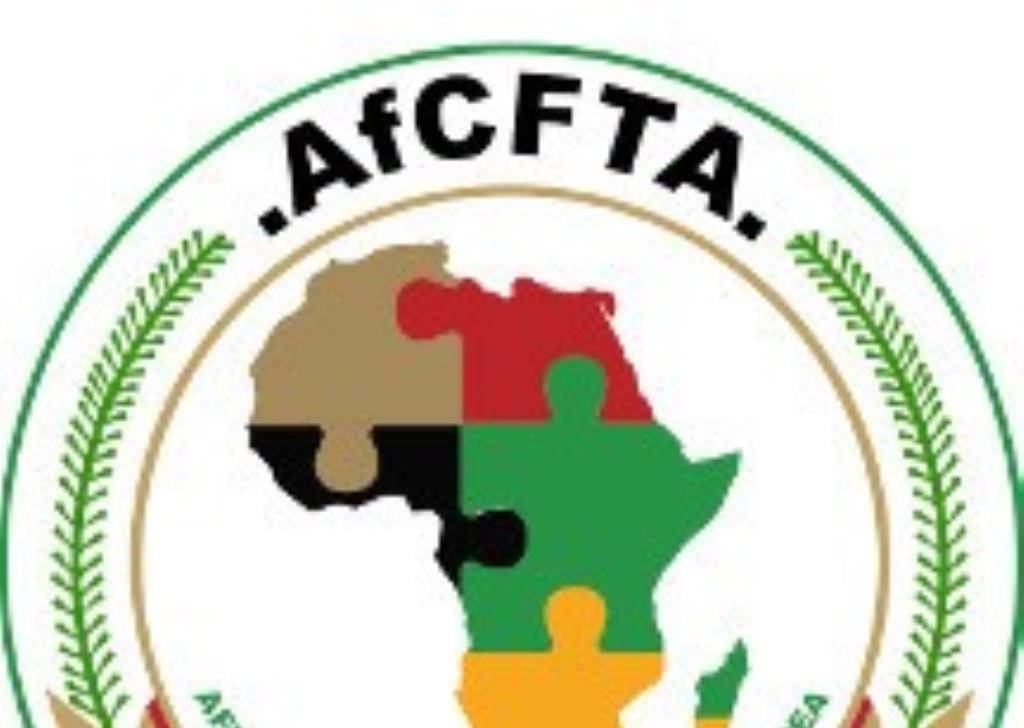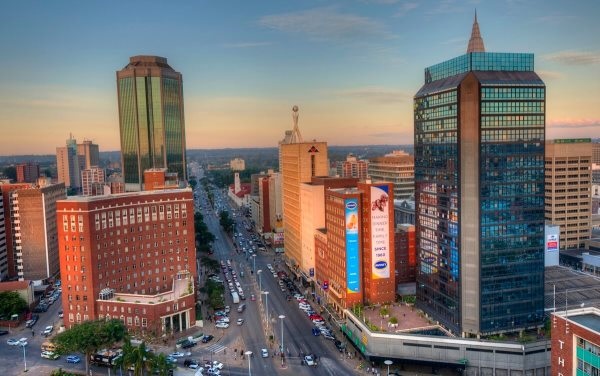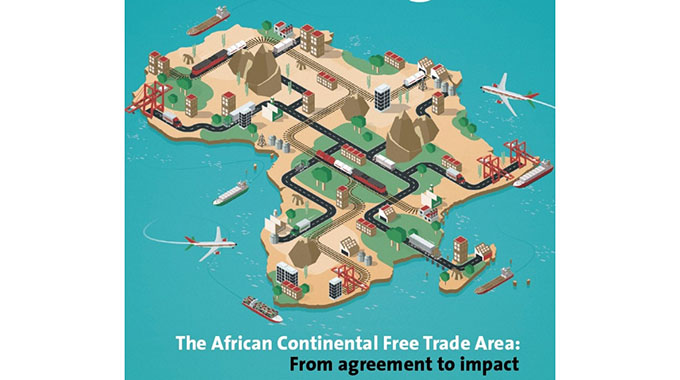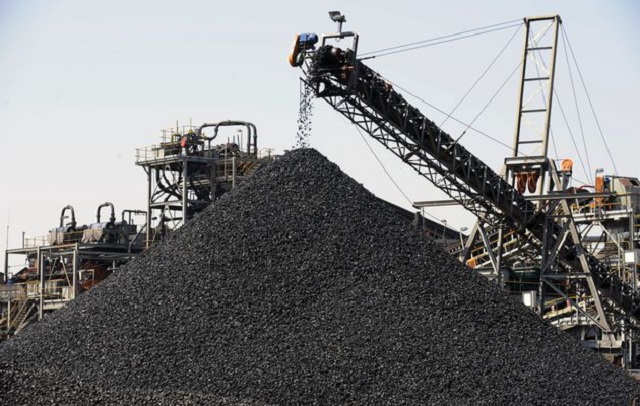Coal miners in transport cost conundrum
Recently, Zimbabwe’s coal miners obtained temporary permits to export excess stocks that had built up due to low uptake by Zimbabwe Power Company (ZPC) as a result of low electricity production at its Hwange Power Station (HPS) due to frequent breakdowns.
Exports of thermal coal are not permitted to ensure guaranteed supplies of the fuel for local electricity production. However, producers are allowed to export other coal related products such as industrial coal, coking coal or coke used in steelmaking.
HPS, the country’s second largest power plant, located in western Zimbabwe, has a design capacity of 920 megawatts, but is producing around 300MW due to ageing equipment.
This has seen ZESA, the State-owned power utility rationing power during peak periods.
The lack of ability to move power coal by rail has made it uncompetitive to supply into regional markets particularly South Africa, the continent’s most industrialised economy.
Local miners are sitting on an excess of 200 000 tonnes of coal.
This was exposing the extracted commodity to risks of getting burnt.
“We are talking of a low value product with huge demand especially in South Africa,” said one executive with a leading coal mining firm.
“However, getting the product to the market is very expensive because we have no rail capacity. If one decides to use trucks, it becomes uneconomic when you look at revenue and transport cost.”
The average price for thermal coal is US$35 per tonne, but the cost for transport is three times higher.
“The market for thermal coal has always been there, but it has not been exploited as a result of transport constraints,” a former senior executive with Hwange Colliery Company, the country’s oldest coal mine, told Business Weekly in an interview.
“If we had an efficient rail transport system, it would make economic sense to exploit regional markets.”
Zimbabwe has a poor railway system and is largely blamed for the high cost of logistics.
National Railway of Zimbabwe, the State-owned rail operator was one of the biggest employers in the country, but its fortunes waned after an economic crisis between 2000- 2008.
In 2017, the Diaspora Infrastructure Development Group (DIDG) entered into a joint venture with South African logistics group Transnet and won the bid to revive the struggling national rail operator in August 2017, but the Government terminated the deal in October 2019, blaming the investors for failing to provide a viable funding plan. The Government owns 100 percent of NRZ.
Finance and Economic Development Minister Prof Mthuli Ncube said a good rail network played a very important role in the movement of goods and was a catalyst for economic growth and development. It also serves to reduce burden on road transportation, and currently our road infrastructure continues to suffer from the absence of this nexus.
In the 2022 National Budget, the Government set aside $2 billion for the upgrading of the Hwange-Harare railway line.
“Our priority will be on rehabilitation and upgrading the mainline from Hwange to Harare, with focus being on signalling and communication systems, concrete sleepers and the rail line,” said Minister Ncube.-eBusiness Weekly










